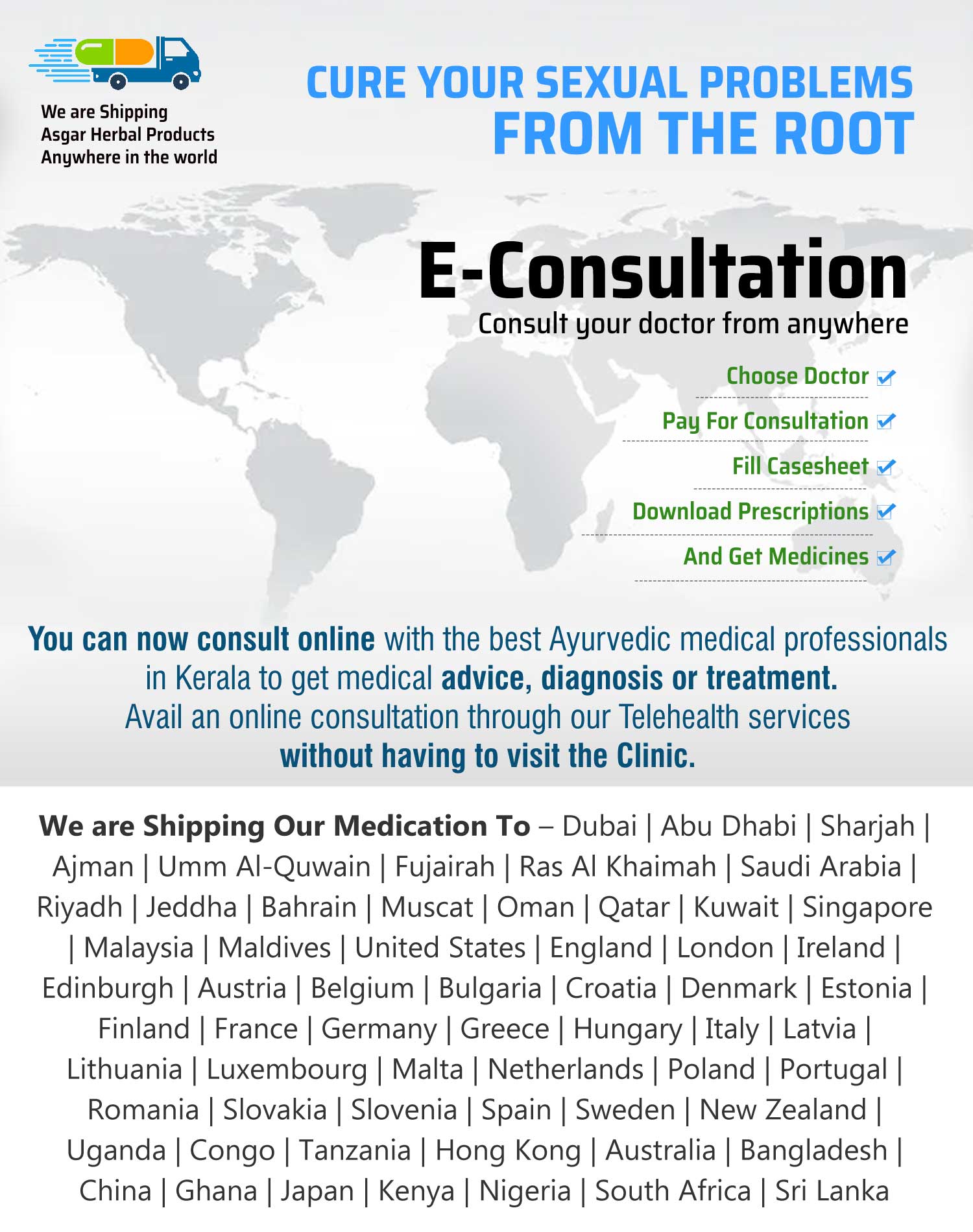
Balanitis is a treatable condition that most commonly happens in uncircumcised males. The main symptoms of balanitis include inflammation and pain on the head of the penis. Treatment often includes antifungal creams, antibiotics, improved personal hygiene and in some cases, circumcision.
Symptoms Of Balanitis
Symptoms of balanitis may appear suddenly or develop gradually. They can include:
Pain and irritation on the glans (head of the penis).
Redness or red patches on the penis.
Itching under the foreskin.
Swelling.
Areas of shiny or white skin on the penis.
White dischargeunder the foreskin.
Foul smell.
Painful urination.
Sores or lesions on the glans.
Pain and irritation on the glans (head of the penis).
Redness or red patches on the penis.
Itching under the foreskin.
Swelling.
Areas of shiny or white skin on the penis.
White dischargeunder the foreskin.
Foul smell.
Painful urination.
Sores or lesions on the glans.
How Do People Get Balanitis?
The most common cause of balanitis is poor hygiene in uncircumcised males. Other causes include:
• Genital yeast infection (candidiasis).
• Sexually transmitted diseases.
• Scabies (tiny burrowing parasite) infection.
• Sensitivity or allergy to harsh soaps or chemicals.
• Skin conditions that cause itchy, dry, scaly skin (such as psoriasis and eczema).
• Diabetes.
• Reactive arthritis, a type of arthritis that develops in response to an infection somewhere in the body.
• Genital yeast infection (candidiasis).
• Sexually transmitted diseases.
• Scabies (tiny burrowing parasite) infection.
• Sensitivity or allergy to harsh soaps or chemicals.
• Skin conditions that cause itchy, dry, scaly skin (such as psoriasis and eczema).
• Diabetes.
• Reactive arthritis, a type of arthritis that develops in response to an infection somewhere in the body.
What Causes A Penile Yeast Infection?
A yeast infection is caused by a fungus called candida. A small amount of candida is usually present on the body. All it takes is an overgrowth of candida to develop a yeast infection. A moist environment is ideal for candida to spread.
One of the most common causes of a penile yeast infection is unprotected sexual intercourse with a woman who has a vaginal yeast infection. You can also develop one without sexual activity. Poor hygiene can make you vulnerable to a yeast infection.
One of the most common causes of a penile yeast infection is unprotected sexual intercourse with a woman who has a vaginal yeast infection. You can also develop one without sexual activity. Poor hygiene can make you vulnerable to a yeast infection.
What Can I Do To Keep Penis Healthy?
You can take steps to protect your penis health and overall health. For example:
Be sexually responsible. Use condoms or maintain a mutually monogamous relationship with a partner who’s been tested and is free of sexually transmitted infections.
Get vaccinated. If you’re age 26 or younger, consider the human papillomavirus (HPV) vaccine to help prevent cancers associated with the virus.
Stay physically active. Moderate physical activity can significantly reduce your risk of erectile dysfunction.
Make healthy choices. Maintaining a healthy weight can help reduce the risk of developing high cholesterol, high blood pressure, type 2 diabetes and other risk factors for erectile dysfunction.
Practice good hygiene. If you’re not circumcised, regularly clean beneath your foreskin with soap and water. Be sure to return your foreskin to its normal position after sex.
Know your medications. Discuss medication use and possible side effects with your doctor.
Stop smoking and limit the amount of alcohol you drink. If you smoke, quit. If you need help quitting, talk to your doctor. If you choose to drink alcohol, do so in moderation.
Be sexually responsible. Use condoms or maintain a mutually monogamous relationship with a partner who’s been tested and is free of sexually transmitted infections.
Get vaccinated. If you’re age 26 or younger, consider the human papillomavirus (HPV) vaccine to help prevent cancers associated with the virus.
Stay physically active. Moderate physical activity can significantly reduce your risk of erectile dysfunction.
Make healthy choices. Maintaining a healthy weight can help reduce the risk of developing high cholesterol, high blood pressure, type 2 diabetes and other risk factors for erectile dysfunction.
Practice good hygiene. If you’re not circumcised, regularly clean beneath your foreskin with soap and water. Be sure to return your foreskin to its normal position after sex.
Know your medications. Discuss medication use and possible side effects with your doctor.
Stop smoking and limit the amount of alcohol you drink. If you smoke, quit. If you need help quitting, talk to your doctor. If you choose to drink alcohol, do so in moderation.
Summary
Not all penis conditions require medical treatment, and some may clear up on their own. But it’s best to make an appointment if you notice any of the following symptoms:
• unusually colored semen
• unusual penis discharge
• blood in your urine or semen
• unusual rashes, cuts, or bumps on your penis and surrounding areas
• burning or stinging when you urinate
• bending or curving of your penis that hurts when you’re erect or when you ejaculate
• intense, long-lasting pain after a penis injury
• suddenly losing desire in sex
Not all penis problems can be prevented. However, routinely examining your penis can give you greater awareness of the condition of your penis and help you detect changes. Regular checkups also can help ensure that problems affecting your penis are diagnosed as soon as possible.
• unusually colored semen
• unusual penis discharge
• blood in your urine or semen
• unusual rashes, cuts, or bumps on your penis and surrounding areas
• burning or stinging when you urinate
• bending or curving of your penis that hurts when you’re erect or when you ejaculate
• intense, long-lasting pain after a penis injury
• suddenly losing desire in sex
Not all penis problems can be prevented. However, routinely examining your penis can give you greater awareness of the condition of your penis and help you detect changes. Regular checkups also can help ensure that problems affecting your penis are diagnosed as soon as possible.
Tags: Balanitis Infection Itching under the foreskin Keep Penis Healthy Pain and irritation on the penis painful urination Penile Yeast Infection Penis Foreskin Infection Penis Foul smell Penis Tip Infection Practice good hygiene sexually transmitted diseases Symptoms Of Balanitis Unprotected sexual intercourse white skin on the penis












